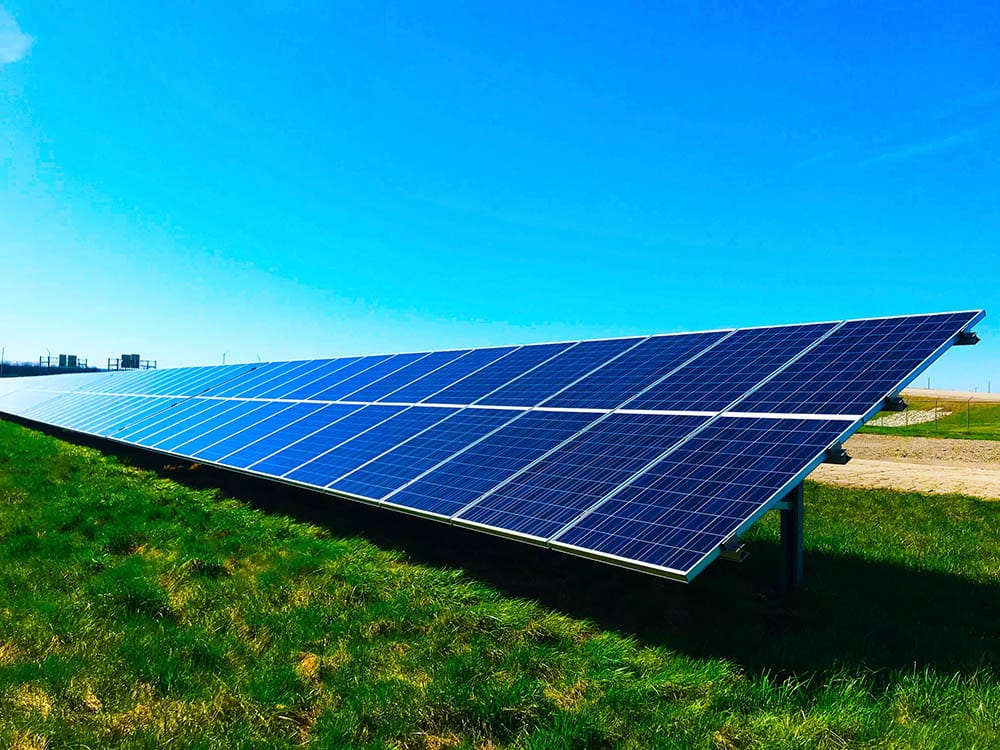Series VS Parallel Solar Panels: Pros, Cons, & Installation Comparison
-
Visnja Radosavljevic
- Last updated:

Solar energy is becoming more popular as people begin to live greener and more sustainable lives. Many people who are just learning about the whole solar energy process and thinking about installing solar panels get confused over which installation method to choose.
In this article, we’ll cover both methods to help you choose which is best for your needs. Keep reading to learn more about series vs parallel solar panel installation.
Overview of Series Solar Panel Installation

Solar panels in series have only one path where the current flows. In this wiring structure, you connect the positive terminals of one cell to the negative terminals of the other cell, and they form a closed-loop connection. If you choose this installation method, you can connect multiple panels, combining their voltage while their amperage doesn’t change.
That’s why series solar panels are great for people looking to increase the voltage of their solar setup. Although series-installed solar panels have a lot of benefits, there are certain drawbacks you should consider before choosing this installation method.
The solar system won’t be as reliable as the panels will depend on one another—the whole system is connected with one cable. Also, if the area becomes shaded, it can cause issues with the current flow and the panels might not function properly.
- Quick, easy, and inexpensive installation
- Voltage increase
- Less voltage drop
- Not as reliable
Overview of Parallel Solar Panel Installation

Parallel solar panel installation is more complex than series wiring, as you connect a positive terminal to a positive terminal of another solar panel, and you connect negative terminals with negative terminals of the other panel. In this installation method, the wiring doesn’t depend on the other and can provide high functionality.
Wiring your solar panels in parallel provides innumerable ways for the current to flow, and even if one part of the system gets broken, it won’t affect the other components. On the contrary to series solar panels where the voltage increases, the voltage in parallel panels remains the same while the amperage combines and increases.
Since this wiring system is more reliable, it’s typically more expensive.
- Ideal for obtaining maximum solar power
- Increased amperage
- High functionality
- Expensive
- Limitations in space
- More heavy-duty wiring
Differences Between Series and Parallel Solar Panel Installation
One of the biggest differences between series and parallel solar panel installations is the current and output voltage. When you wire solar panels in series, their output voltage combines, but their current remains the same. On the other hand, when you wire solar panels in parallel, their current combines, but their output voltage remains the same.
- When you have unshaded outdoor conditions
- When you want a low-amperage system
- When you have mixed-light outdoor conditions
- When you want a low-voltage system

Series vs Parallel Solar Panels – Which is Better?
Honestly, there’s no right or wrong answer to this question. Both options work well in certain conditions. Choosing to connect your solar panels in series is the best choice for people whose roofs are in unshaded locations so that the panels can receive enough daily sunlight. They will function better and be more efficient while performing well even when the weather is cloudy.
Wiring your solar panels in parallel is great for people with low-voltage systems, where the light conditions can vary, as the panels will function even when the sun exposure is not at its highest. Parallel solar systems also work better if you have a low-cost PWM charge controller, and they will save you money.
Can I Combine Series and Parallel Solar Panels?
You can choose to combine the wiring types and create a hybrid connection method that will help you achieve a balance of amperage and voltage so that your system can perform at its best. The best way to decide which option will suit your needs is to consider the system size, amperage, and voltage.
Of course, you can always consult a professional to get an opinion about which solar panel wiring method will work for you.
Conclusion
Both series and parallel solar panels are efficient, although parallel solar panels have better efficiency. Still, before choosing your wiring method, consider all the benefits and drawbacks of both wiring systems to determine which one works for you. If needed, you can also combine both systems to boost performance and accomplish a better balance of your solar panels.
- You might also be interested in: What Is the State Flower of Maine? How Was It Decided?
- “What’s The Difference Between Wiring Solar Panels in Series or Parallel”
- “Compare Solar Panels in Series vs. Parallel: Which Is Better?”
- “How to wire solar panels in series vs. parallel”
- “Solar Panels – Series vs Parallel”
- “Connecting Multiple Solar Panels – Series vs. Parallel”
- “Wiring Solar Panels in Series vs Parallel”
Featured Image Credit: (L) Chelsea, Unsplash | (R) Zbynek Burival, Unsplash
Contents


